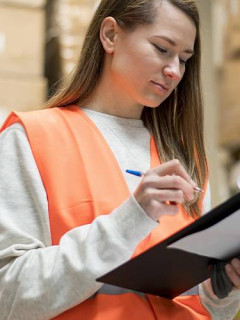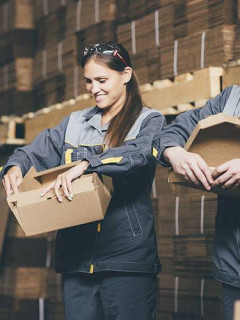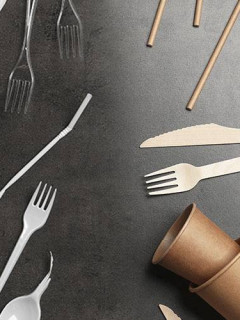Packaging is all that is necessary in the process of conditioning the products to protect them and/or group them temporarily for handling, transport and storage. With this format we preserve the quality of the cargo while keeping it safe, in all those operations in which it is involved, during the journey between the exporter and the importer in this journey that every product makes, the packaging fulfils the mission of protecting it from certain risks: mechanical (vibrations, collision…), climatic (heat, rain, humidity, cold…), storage (deterioration, corrosion, mould), handling (falls, stacking, rubbing…) and even theft and contamination. Among the functions that the packaging processes are
in this journey that every product makes, the packaging fulfils the mission of protecting it from certain risks: mechanical (vibrations, collision…), climatic (heat, rain, humidity, cold…), storage (deterioration, corrosion, mould), handling (falls, stacking, rubbing…) and even theft and contamination. Among the functions that the packaging processes are
- Product protection: for the duration of the transport and storage of the package.
- Identification: provides information about the product’s characteristics and how to handle it, thus reducing its deterioration or loss.
- Cargo handling: facilitates the counting, distribution and transport of packages.
packing Vs packaging
We must be clear about what packaging is and how it differs from packaging. The former deals with the procedure for preparing the load in the safest way for transport or storage and is more oriented towards logistics. Whereas packaging refers to the container that contains, protects and carries out the commercial presentation of the goods, i.e. the arrangement of the product for sale and, in this case, it is oriented towards marketing and is in direct contact with the product. In the structure of packaging we can differentiate three levels primary, secondary and tertiary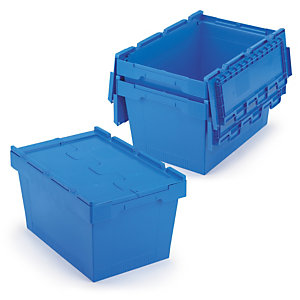
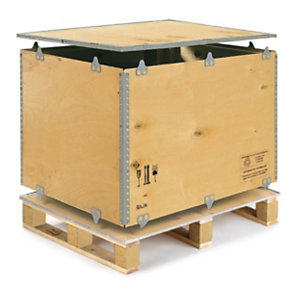 . El empaque primario es el que está en contacto directo con el producto, el secundario es el que contiene uno o varios empaques primarios, y el terciario es el que agrupa y unifica a los anteriores en un contenedor para protegerlos durante el proceso de distribución.
. El empaque primario es el que está en contacto directo con el producto, el secundario es el que contiene uno o varios empaques primarios, y el terciario es el que agrupa y unifica a los anteriores en un contenedor para protegerlos durante el proceso de distribución.
Tipos de materiales para embalaje
Atendiendo a las necesidades de cada objeto podemos disponer de distintos materiales para elegir el embalaje correcto:
Embalaje de papel
Se suele usar como cubierta dentro de otros envoltorios como cajas de cartón, bolsas o botes. Ofrecemos al producto una protección sobre elementos externos como luz, polvo, manchas o parte de la humedad del ambiente. Se trata de formato flexible, 100% natural y más resistente que otros papeles gracias a que conserva la fibra natural de la madera. Algunos ejemplos pueden ser los sobres, bolsas o el propio papel kraft.
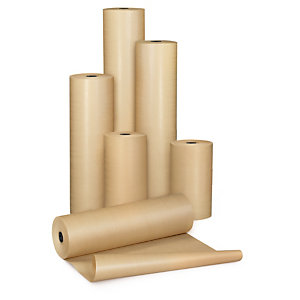
Embalaje de cartón
Son el empaque por excelencia gracias a su gran capacidad técnica y precio. Su principal formato es la cono












